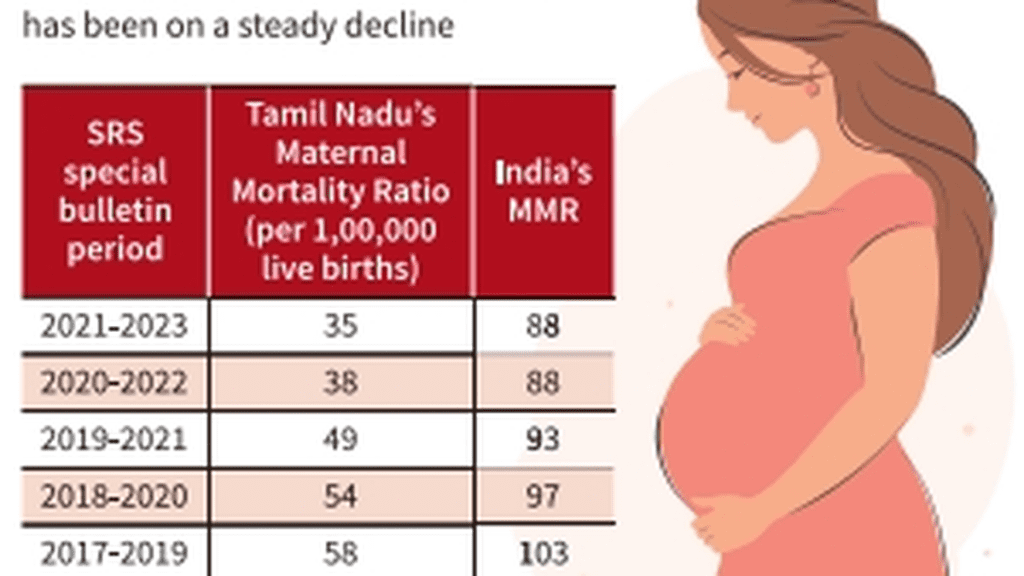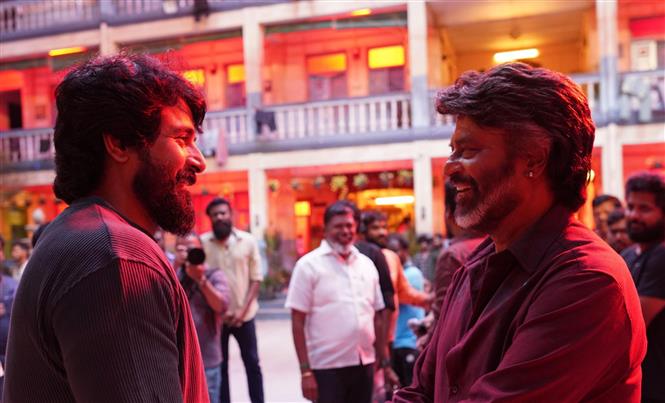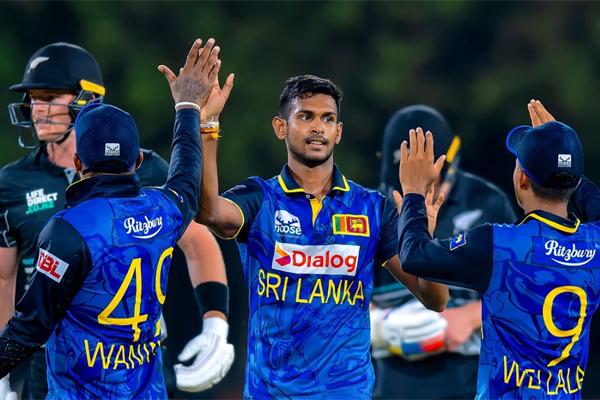Doing more with less — How Khalid Jamil defied expectations with a depleted squad at CAFA Nations Cup 2025

Doing more with less — How Khalid Jamil defied expectations with a depleted squad at CAFA Nations Cup 2025
It does not take a keen observer to notice the poised nature of Khalid Jamil, whose reactions remain unaffected by the ebbs and flows of a football match. And that did not change on Monday when India beat a high-ranked Oman on penalties to win the third-place match in the CAFA Nations Cup 2025.
As Gurpreet Singh Sandhu made the telling stop, keeping out the penalty of Jameel Al Yahmadi to win the shootout for India, the Indian players and staff rushed towards him to celebrate. But as the camera panned towards Jamil for a brief moment, there he was, reserved as ever, with his facial expressions not giving away any hint of how impressive an achievement it was for him, especially with a depleted squad.
It won’t be an exaggeration to say that Jamil was dealt a difficult hand right after his appointment as the head coach of the Indian men’s national football team on August 13. His immediate challenge was to prepare the team for the CAFA Nations Cup, where India was the third-lowest-ranked side (above Turkmenistan and Afghanistan). However, a bigger challenge for the newly-appointed coach was to work with a depleted squad.
Defending Indian Super League champion Mohun Bagan Super Giant refused to release its players for the Indian camp ahead of the CAFA Nations Cup. The Mariners have several players who are regular starters for the national team, such as Liston Colaco, Manvir Singh, Sahal Abdul Samad, Anirudh Thapa, Deepak Tangri, Lalengmawia Ralte (Apuia), and Vishal Kaith.
Mohun Bagan stated that the event fell outside the international window, and they would not release players to protect their welfare and prevent potential injuries, while the All India Football Federation accused the club of “negligence” and “defiance” for not releasing players.
Jamil could have taken the easy route of harping on this point of a weakened squad, but all he said was, “We will adjust with the players we have. We have to accept this as a challenge. I don’t feel there is any difficulty; we have good players in the squad.”
Jamil, in charge of just four matches, has already achieved more than his predecessor, Manolo Marquez, who, in eight matches, failed to guide India to a competitive win. The Spaniard left with an overall record of one win, four draws, and three losses in eight matches. The only win that came under Manolo’s tenure was a 3-0 victory against the Maldives in a friendly.
The Spaniard had the luxury of all the players he wanted and even got Sunil Chhetri in his forward line as the veteran came out of international retirement. Despite this, he could not get the team clicking and failed to get important results even against lower-ranked teams – two prime examples being a goalless draw against Bangladesh and a 0-1 loss against Hong Kong, both matches being part of the AFC Asian Cup third-round qualifiers.
Manolo even had the advantage of starting his India coaching tenure against Mauritius in the Intercontinental Cup, a team ranked significantly lower than the Blue Tigers, but which ended up holding the latter to a goalless draw.
Compared to that, Jamil’s India tenure started against Tajikistan, which is 27 places above India. However, a gritty performance earned the Blue Tigers a 2-1 win as they beat Tajikistan after 17 years. The win against Tajikistan was followed by a 0-3 loss to Iran, which does not come as a surprise given that it is ranked 20th, 113 places above India. While a goalless draw against Afghanistan was frustrating, Jamil ended his first challenge on a high as the Blue Tigers beat Oman (ranked 54 places above India) for the first time in history to clinch third place in the CAFA Nations Cup.
To put it into context, Jamil, in his four matches, already has a competitive win compared to Manolo’s zero in eight matches.
One major argument against Jamil’s style of football was that India primarily adopted a defensive approach in the CAFA Nations Cup, but that is not necessarily a negative thing. A coach needs to play to the team’s strengths and recognise the strong areas of the opposition.
In all four matches India played in the CAFA Nations Cup, it had less possession than its opponent. In the win against Tajikistan, the Blue Tigers had 31 per cent of the ball. In the loss against Iran, it had just 26 per cent. In the goalless draw against Afghanistan, Jamil’s men had 43 per cent of the ball, and in the third-place match against Oman, they had 38 per cent. Therefore, an average possession of 38.5 per cent is a clear indication that India banked a lot on its defence and soaked up a lot of the pressure from its opponents.
Even at the club level, Jamil’s teams have been known to keep a solid shape at the back. India conceded five goals in four matches in the CAFA Nations Cup, but three came against a significantly stronger Iran side. It is a fact that India could not have gone head-to-head against teams like Iran, Oman, and Tajikistan in attack, but the Blue Tigers, despite being defensive, churned out positive results against stronger opponents – something it had failed to do under Manolo and Igor Stimac.
Set-pieces were India’s go-to approach in the CAFA Nations Cup. All three goals that India scored in the tournament came from long throw-ins, either directly or from the second phase of play. Having players like Anwar Ali and Danish Farooq, who are good at making the first contact from long throw-ins, Jamil will look to capitalise on this in the upcoming matches. And it won’t be a surprise if players like Rahul Bheke and Mohammad Uvais are made to spend more time on throw-ins during training sessions.
India’s lack of chance creation from open play was a concern, but again, it boils down to Jamil using the available players to the best of their abilities. With players like Thapa, Liston, Sahal, Apuia, and Manvir missing, it is not a surprise that the Blue Tigers failed to create and score enough from open play. It had a total of 19 shots at goal across four matches, with eight on target (42.10 per cent). Also, it should be noted that India’s shots on target were spread across just two matches (five against Tajikistan and three against Oman). It failed to register any shots on target against Iran and Afghanistan.
It also brings the perennial question of India’s lack of options in the striker department. Irfan Yadwad had more than enough chances to impress Jamil, but was not clinical enough. While Chhetri, who has come out of retirement, is still an option, it is unlikely that Jamil will want to build the core around the 41-year-old, especially given his penchant for using young talents.
Many questions are yet to be answered, but it is safe to say that Jamil has set a strong base ahead of crucial Asian Cup qualifiers against Singapore, Bangladesh, and Hong Kong.
Published on Sep 10, 2025










